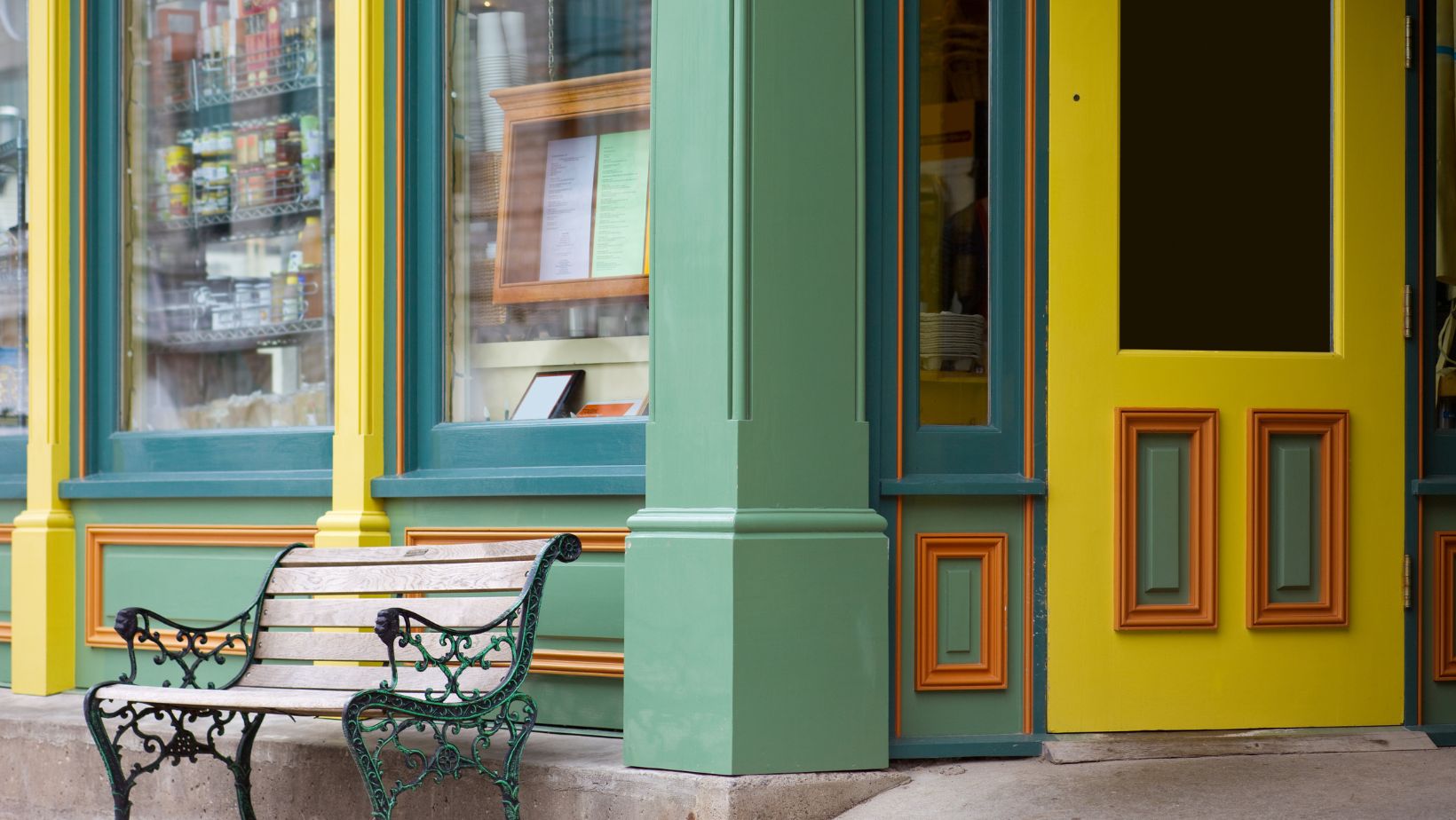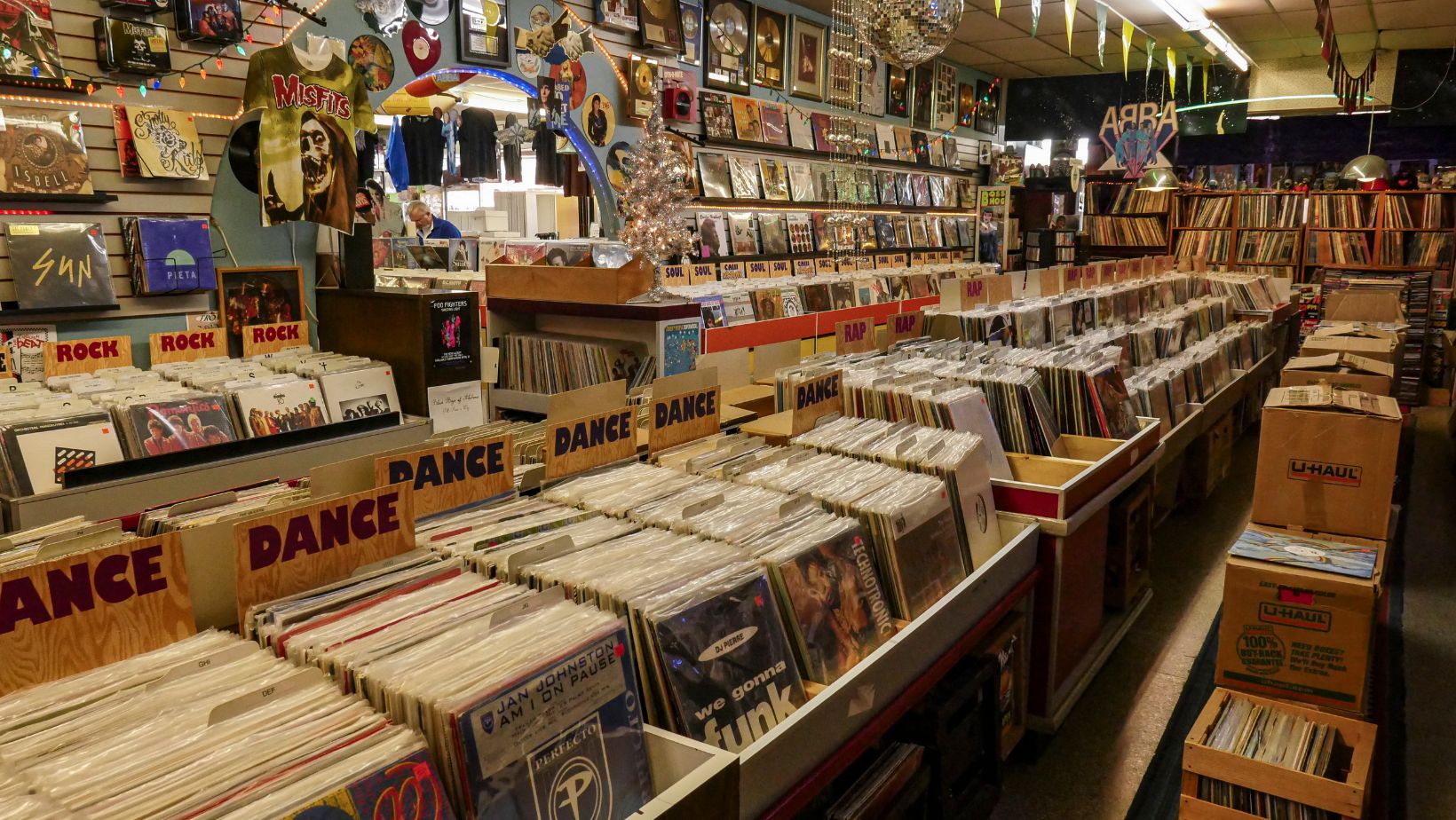Purchasing Green Doesn't Stop at the Music Store's Door
 In an increasingly interconnected world, the concept of “buying green” has moved far beyond the simplistic act of choosing organic produce or energy-efficient appliances. Modern environmental consciousness demands a deeper scrutiny of our consumption habits, extending into areas once considered niche or immune to ecological considerations. This includes industries like music, where the journey towards sustainability doesn’t conclude when an instrument leaves the showroom. True commitment to a greener lifestyle necessitates a holistic approach, recognizing that every purchase, every choice, and every habit contributes to our collective environmental footprint. It’s about understanding that our responsibility extends well beyond the point of sale, encompassing the entire life cycle of the products we bring into our lives and homes.
In an increasingly interconnected world, the concept of “buying green” has moved far beyond the simplistic act of choosing organic produce or energy-efficient appliances. Modern environmental consciousness demands a deeper scrutiny of our consumption habits, extending into areas once considered niche or immune to ecological considerations. This includes industries like music, where the journey towards sustainability doesn’t conclude when an instrument leaves the showroom. True commitment to a greener lifestyle necessitates a holistic approach, recognizing that every purchase, every choice, and every habit contributes to our collective environmental footprint. It’s about understanding that our responsibility extends well beyond the point of sale, encompassing the entire life cycle of the products we bring into our lives and homes.
The traditional narrative of musical instrument creation often overlooks its environmental impact, focusing instead on craftsmanship and sound. However, many instruments rely on resources with significant ecological footprints, from exotic hardwoods sourced from vulnerable forests to metals extracted through intensive mining processes. A truly ethical instrument transcends mere raw materials; it embodies sustainable sourcing practices, potentially incorporating recycled or rapidly renewable alternatives. Transparency from manufacturers regarding their supply chains becomes paramount, allowing consumers to trace the origins of materials and ensure fair labor practices. Imagine a violin crafted from ethically harvested, certified sustainable timber, or a drum kit made with recycled metals. This conscious shift in production, exemplified by a truly Green Music store committed to such principles, challenges the industry to innovate and provide instruments that are not only sonically superb but also environmentally responsible, promoting a deeper harmony between art and nature.
Identifying a truly “green” music store goes far beyond simply reviewing its product catalog. It involves scrutinizing the operational ethos of the establishment itself. A genuinely conscious retailer integrates environmental responsibility into every facet of their business. This means evaluating the energy efficiency of their physical building, from lighting to heating and cooling systems, and assessing their commitment to robust waste reduction and recycling programs for everything from packaging materials to old instrument parts. Furthermore, a truly green music store often engages actively with its community, offering educational initiatives that promote sustainable practices among musicians and consumers. Supporting such businesses means aligning your purchasing power with an organization that values environmental stewardship as much as it values musical artistry, demonstrating that a commitment to sustainability can harmoniously coexist with commercial success.
The rise of digital pianos presents an intriguing discussion point in the quest for sustainable musical choices. Unlike their acoustic counterparts, which often require significant amounts of specialized hardwoods, digital pianos primarily utilize electronics, plastics, and some composite materials. This inherently reduces the demand for rare timbers and the associated environmental concerns with their harvesting.
 Furthermore, digital pianos require no costly and resource-intensive tuning or constant environmental climate control, making their ongoing maintenance footprint minimal. However, their environmental impact is not entirely negligible. Considerations such as energy consumption during use and the ultimate disposal of electronic components (e-waste) become relevant. When comparing models like Yamaha CLP vs CSP, for instance, discerning consumers might look into the energy efficiency ratings, the use of recycled plastics in their construction, or the manufacturer’s take-back programs for end-of-life products. The challenge lies in ensuring responsible production and end-of-life management to maximize their “green” advantage.
Furthermore, digital pianos require no costly and resource-intensive tuning or constant environmental climate control, making their ongoing maintenance footprint minimal. However, their environmental impact is not entirely negligible. Considerations such as energy consumption during use and the ultimate disposal of electronic components (e-waste) become relevant. When comparing models like Yamaha CLP vs CSP, for instance, discerning consumers might look into the energy efficiency ratings, the use of recycled plastics in their construction, or the manufacturer’s take-back programs for end-of-life products. The challenge lies in ensuring responsible production and end-of-life management to maximize their “green” advantage.
Embracing a green ethos in the music world extends well beyond the initial purchase; it fundamentally involves maximizing the lifespan of instruments and accessories. A genuinely sustainable approach champions the maintenance and repair of existing instruments over the immediate impulse to buy new. This commitment to longevity directly reduces demand for new production and conserves precious resources. Furthermore, the robust secondhand market for musical instruments, including consignment shops and online platforms, plays a crucial role in creating a circular economy, giving instruments a second life and preventing them from prematurely ending up in landfills. Donating instruments to schools or community programs also contributes significantly to this cycle of reuse and shared resources. By prioritizing repair, reuse, and responsible disposal, musicians can collectively reduce their environmental footprint, fostering a culture where craftsmanship and durability are valued as much as novelty, making “reduce, reuse, recycle” a harmonious mantra for every musician.
Ultimately, buying green in the world of music is not a singular transaction, but a continuous journey of conscious choices and evolving habits. It’s about recognizing that our passion for music needn’t come at the expense of the planet. By embracing the principles of ethical instrument sourcing, supporting truly green music store operations, thoughtfully considering alternatives like digital pianos (weighing factors like Yamaha CLP vs CSP in terms of their environmental footprint), and extending the life cycle of our instruments through repair and reuse, we contribute to a more sustainable future. This holistic approach fosters a healthier planet and cultivates a more mindful, responsible artistic community. The harmony we seek in our music can, and should, mirror the harmony we strive for with the natural world.












